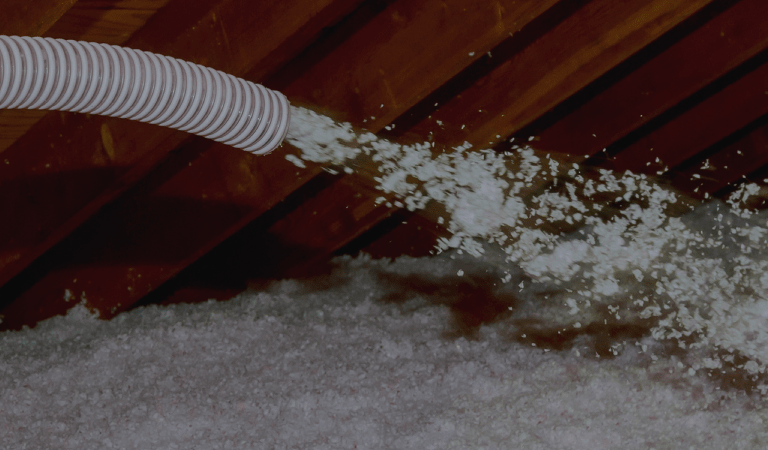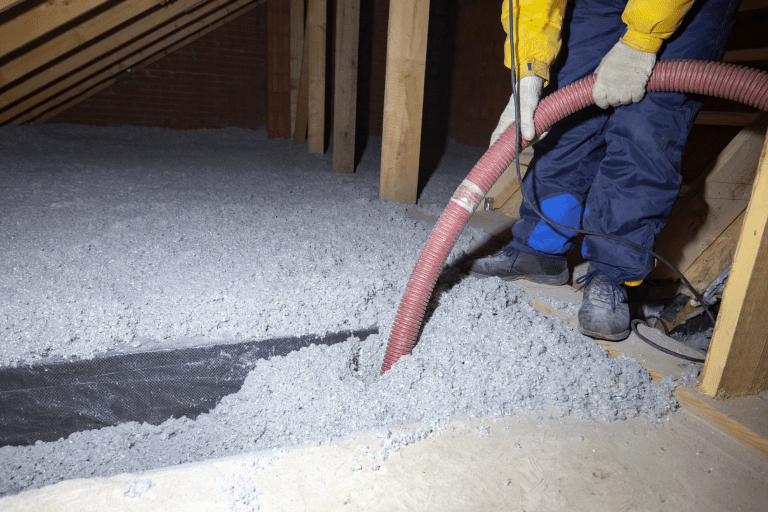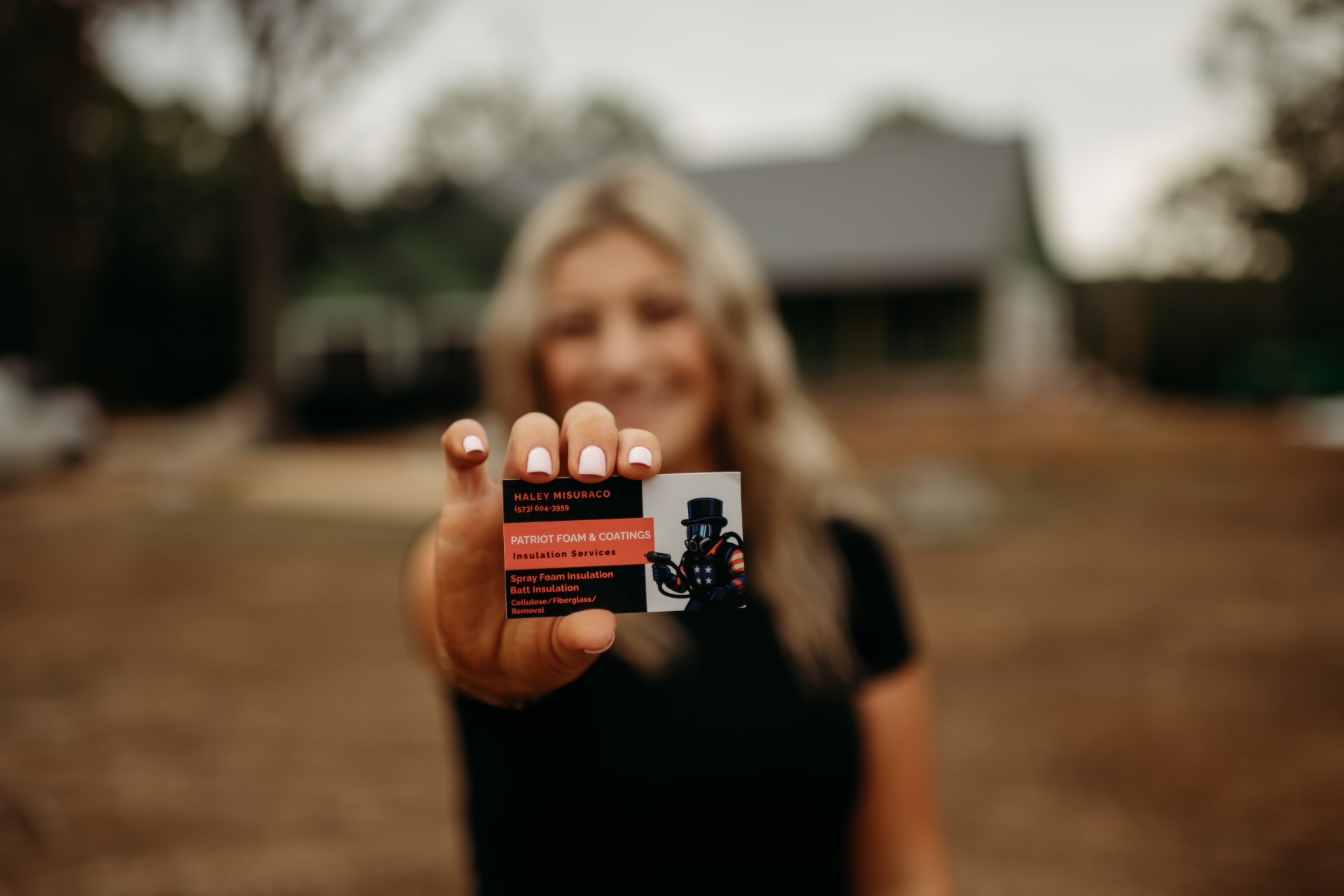Blown In Services
Expert blow-in insulation solutions.
Fiber Glass


Attic floors and open attic spaces
Wall cavity fills during retrofits or new construction
Ceiling insulation for improved energy efficiency
Residential and light commercial insulation upgrades
Added coverage over older insulation (if clean and dry)
Hard-to-reach areas that require flexible filling
Increasing R-value without full replacement


Cellulose
Attic floors and dense-packed attic spaces
Wall cavities during retrofits or new builds
Floors over unconditioned spaces
Enclosed walls requiring dense fill for air sealing
Residential and commercial energy efficiency upgrades
Filling gaps and voids in older homes
Sound reduction between rooms or floors
Fiberglass Insulation FAQ
Q: What is blown-in fiberglass insulation?
A: It’s a loose-fill insulation made from tiny glass fibers that’s blown into attics and wall cavities to improve energy efficiency.
Q: Is blown-in fiberglass safe?
A: Yes, it’s non-combustible, fire-resistant, and safe when professionally installed with proper protective equipment.
Q: How long does blown-in fiberglass insulation last?
A: It can last 20–30+ years when kept dry and undisturbed.
Q: Does blown-in fiberglass help lower energy bills?
A: Yes, it reduces heat loss and improves indoor comfort, which can significantly cut heating and cooling costs.
Q: Can blown-in fiberglass be added over existing insulation?
A: Yes, as long as the old insulation is dry, clean, and not damaged by mold or pests.
Q: Is installation messy?
A: Not when installed by professionals — we use equipment designed for clean, controlled application.
Q: How long does installation take?
A: Most residential attic installations can be completed in just a few hours.
Q: Does blown-in fiberglass settle over time?
A: It may settle slightly, but professional installation ensures proper thickness and long-term performance.
Cellulose Insulation FAQ
Q: What is cellulose insulation made from?
A: It’s made from recycled paper materials treated with fire-resistant additives for safety and durability.
Q: Is cellulose insulation eco-friendly?
A: Yes, it’s one of the most environmentally friendly insulation options due to its high recycled content.
Q: How effective is cellulose for energy savings?
A: Cellulose is dense and fills gaps well, helping reduce air leakage and lower heating and cooling costs.
Q: Can cellulose insulation help with soundproofing?
A: Yes, its dense composition provides good sound control between rooms or from outside noise.
Q: Does cellulose insulation settle over time?
A: Some settling may occur, but proper installation ensures it maintains effective coverage and R-value.
Q: Is cellulose insulation safe from fire?
A: Yes, it’s treated with fire retardants to meet safety standards and resist ignition.
Q: Can cellulose be installed over old insulation?
A: Yes, if the existing insulation is dry, clean, and free from mold or pests.
Q: How long does installation take?
A: Most attic or wall applications can be completed in several hours, depending on project size.

